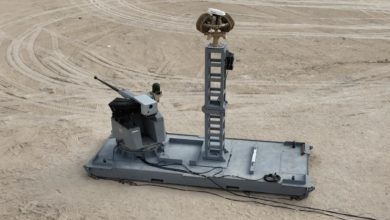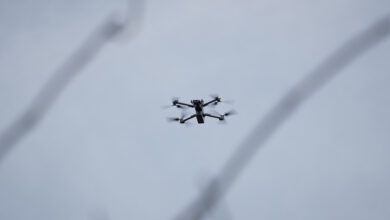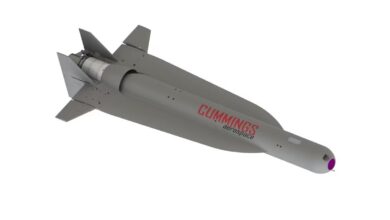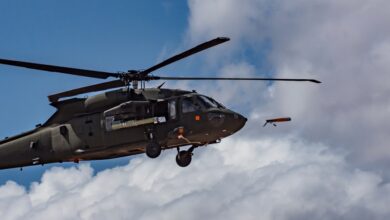Pentagon says 34 US military personnel diagnosed with brain injuries after Iran missile strike
Pentagon spokesperson says half returned to duty, others are pending treatment
The U.S. Department of Defense said Friday that 34 military personnel have been diagnosed with traumatic brain injuries as a result of an Iranian ballistic missile attack on two airbases in Iraq earlier this month.
The revelation comes just two days after a senior U.S. military commander said the number of Americans experiencing symptoms of concussive head injuries as a result of the attack was “in the teens,” but declined to give an exact number, citing an “ongoing process of evaluation.”
Half of those diagnosed with TBIs as a result of the attacks have returned to duty, the Pentagon’s chief spokesperson Jonathan Hoffman said on January 24.
The other 17 service members, initially sent for medical attention Germany, are still awaiting further evaluation. Eight of those returned from Germany to the U.S. on Friday morning for treatment, he said.
Hoffman declined to say which U.S. military branches those injured in the attacks are members of.
The U.S. military initially said there were no casualties as a result of the attack, in which Iran launched at least 16 ballistic missiles at Ayn al-Asad airbase in Iraq’s Anbar province and Erbil airbase in the Kurdistan Region earlier this month.
U.S. Defense Secretary Mark Esper was not informed of the medical evacuations until the public announcement last Thursday, Hoffman said. The U.S. military does typically only reports injuries to the Pentagon that include loss of life, limb or eyesight.
Esper ordered a review of the injury reporting policy on Friday morning, Hoffman said.
The attack came in retaliation for a U.S. drone strike on January 3 that killed Islamic Revolutionary Guard Quds Force commander Qassem Soleimani in Baghdad.
CJTF-OIR spokesperson Colonel Myles Caggins said last Thursday that “several” American personnel were being treated for concussion symptoms, after the New York Times reported that some personnel had been checked for such injuries.
Defense One then reported last Thursday that 11 U.S. military personnel had been flown to bases Germany and Kuwait as a result of injuries sustained in the attacks.
President Donald Trump said Wednesday he considered the injuries “not very serious.”
Deputy commander of the U.S.-led Coalition against ISIS, Major General Alexus Grynkewich – who was on-site at al-Asad airbase the morning after the attack – said suspected concussions were “well in our cross-check” within 72 hours.
The symptoms of traumatic brain injuries, which include concussions, may emerge over time, but can have serious effects and require long-term treatment.
“We’re thankful there were no deaths,” Hoffman said Friday. U.S. officials have credited commanders on the ground for preparing troop dispersal plans prior to the strikes. Commanders were alerted to the incoming attack by U.S. early warning satellites that monitor ballistic missile launches.
The missile bombardment lasted roughly an hour and a half, Grynkewich explained Wednesday, but American personnel took shelter in bunkers “for much longer than that” for fear of follow-on strikes.
U.S. Central Command is reviewing the possibility of upping defenses at the bases, the Pentagon has stated.
Washington is engaged in a “maximum pressure” campaign to isolate Iran economically and politically after the Trump administration withdrew from 2015’s landmark international Joint Comprehensive Plan of Action nuclear deal with Tehran.
The U.S. administration has accused Tehran of exploiting the 2015 deal to expand its ballistic missile program and said the presence of Iran-backed militias in Syria and Iraq poses a threat to regional stability.
The U.S. maintains some 5,000 troops in Iraq in support of the international military Coalition against Islamic State.
CORRECTION: This story was updated on January 24. Major General Alexus Grynkewich stated the estimated number of U.S. injured on Wednesday, not Thursday.












